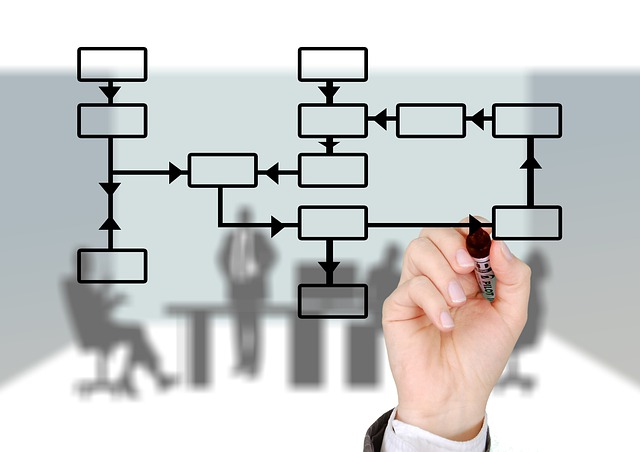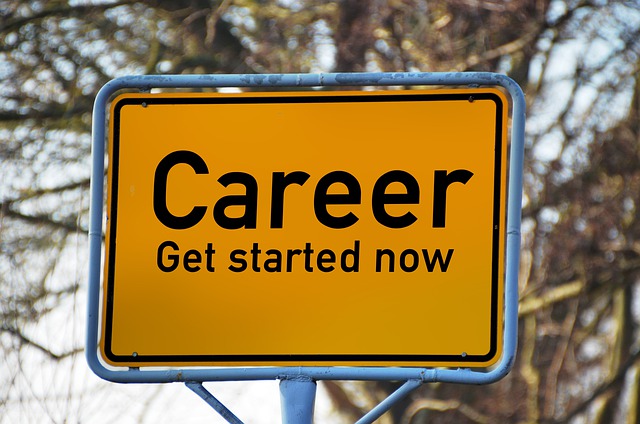A career development plan provides you with a sense of direction and a clear picture of the goals you need to achieve at every stage of your career journey (Photo credit: Pixabay)
A career development plan is a personal action plan that you can use to create a roadmap for your career.
A career development plan is important. It provides you with a sense of direction and a clear picture of the goals you need to achieve at every stage of your career journey.
As the name suggests, creating a career development plan sounds pretty straightforward but it can be challenging.
A typical career development plan may outline:
- The starting point: Where are you now in your career?
- The destination: Where you want to go in your career?
- The gap: The obstacles you must overcome to reach the destination
- The route: How to close the gap to reach your intended destination
(Source: https://www.indeed.com/)
Where are you now?

The first step in any career development plan is to identify where you are now in your career.
This allows you to reflect on your current skillset and strengths as well as weaknesses.
Do consider things such as ‘what are my past experiences?’, ‘what do I enjoy?’, ‘what motivates me?’ and ‘what excites me most?’.
Note your current position in your field, including your level of education or if there are additional courses or fields you would like to pursue to climb the career ladder.
When going through the first step, do take some time to find your answers and record them.
Where do you want to go?

The next step is to identify where you want to be next in your career.
Doing so will help you look into various challenges and obstacles that might hold you back.
Once you have determined what they are, find ways to overcome them.
To do this, it might help to be more specific in your goals by way of forming concise statements.
For instance, what is your dream career? Where would you love to be in the next few years if nothing was holding you back? Include your ultimate career goal.
Do consider where you would like to be in the next five to 10 years.
Would you still be at your current position but in a more senior role or would you move to another company with a higher position?
However, keep in mind of your current skills and experiences.
It is helpful if you make a note of the skill expectations and work experiences those future roles demand.
What are the obstacles?
The next step is gap analysis.
A gap analysis is an important step in creating a career development plan as it helps you to see a pattern of your capabilities, especially on what requires further development.
For this step, it might be helpful to consult a mentor or even a professional so that you would not miss out details in your gap analysis.
A gap analysis helps you to compare actual performance with the desired outcome in your career development plan by taking into account skills, experiences and requirements.
You can rate your qualification to identify areas that you are good at as well as those that may need improvements.
By identifying what you are already doing well and what needs more work, you can consider training courses to reach your fullest potential.
How do you close the gaps?

Now that you have identified the skills and experiences you need to achieve your career goal, the next step is to create a concrete plan to achieve it.
Set realistic targets that you are 100 per cent confident you can achieve within a specific time frame.
Once you have accomplished the first one, give yourself another target. The idea behind doing this is to refresh your targets and work towards your new goals continuously.
Measure progress and evaluate
To keep yourself accountable, keep track of how your actual implementation aligns with the dates you assigned yourself in the previous steps.
Once you’ve begun working through your list of skills, education and experiences, you will want to figure out how to measure progress in your career.
Another thing to consider is to update your milestone and goals as circumstances change and more opportunities present themselves.




